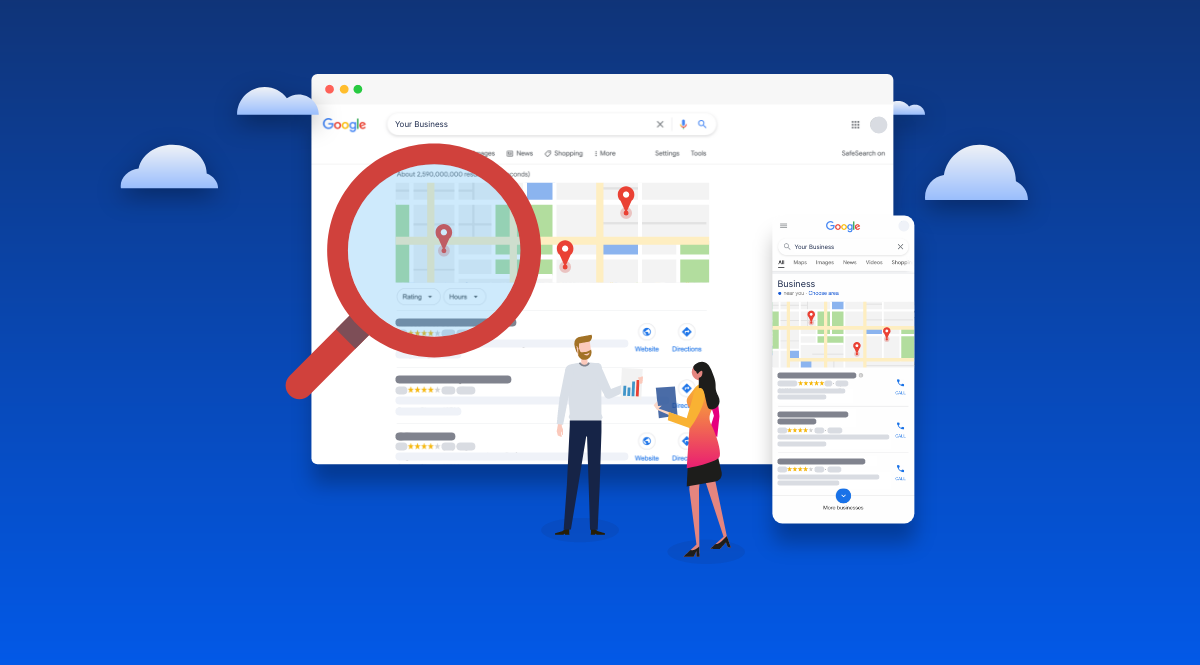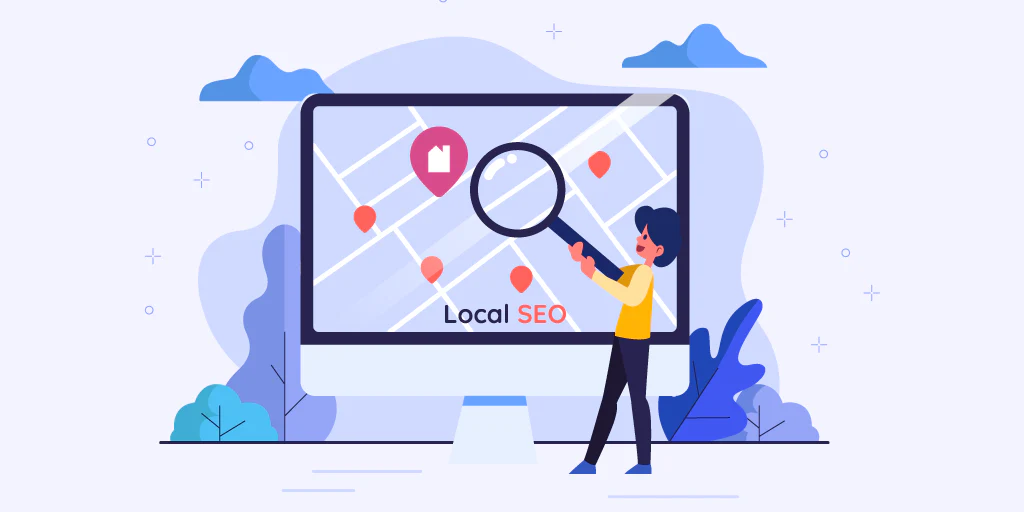
In today’s digital-first world, having a website is no longer enough. For local businesses, your website is often the first point of contact with potential customers — but if no one can find it in search engines, it won’t generate results. This is where SEO-friendly web design becomes essential.
An SEO-friendly website combines visual appeal with technical optimization, ensuring your brand not only looks professional but also ranks highly on Google. For small and local businesses, this combination can be the difference between a website that sits idle and one that actively drives new leads and sales.
What is SEO-Friendly Web Design?
SEO-friendly web design means building a website that is optimized for both users and search engines. It’s not just about making a site look modern or attractive — it’s about structuring the design so that Google can easily crawl, understand, and rank it.
Key components include:
Clean code and structure that helps search engines index your content.
Optimized images and media for faster loading speeds.
Mobile-first design to align with Google’s indexing approach.
Readable URLs, headings, and meta tags that target important keywords.
User-focused layout that encourages visitors to stay longer and convert.
When web design is approached with SEO in mind, the result is a site that doesn’t just showcase your brand — it attracts and converts real customers.

Why It Matters for Local Businesses
For local businesses, visibility in search results can make or break success. Whether you run a catering company, a salon, or a fitness studio, most of your potential customers are searching on Google using terms like “near me” or “in [city].” If your website isn’t optimized for SEO, you’re losing out on these opportunities.
An SEO-friendly design ensures that:
Your business ranks higher in local searches.
Customers can easily navigate and place orders or book services.
You gain credibility as a professional, trustworthy brand.
Local SEO also includes setting up tools like Google Business Profile, embedding maps on your site, and using location-based keywords such as “best catering services in Edmonton.” Combined with the right web design, this creates a strong foundation for ongoing growth.

Key Elements of SEO-Friendly Web Design
1. Mobile Responsiveness
Most local searches happen on smartphones. Google now uses mobile-first indexing, which means if your site doesn’t work well on mobile devices, it won’t rank as high. A mobile-responsive design ensures every visitor gets a seamless experience, no matter the screen size.
2. Fast Loading Speed
Slow websites drive customers away. Page speed is a confirmed ranking factor, and it also affects user experience. If your site takes longer than three seconds to load, visitors are likely to leave. Optimizing images, enabling caching, and using lightweight code are all crucial steps.
3. User-Friendly Navigation
Your visitors should never feel lost. Clear menus, internal links, and logical structure not only help users but also allow search engine crawlers to understand your site. A well-organized website encourages people to stay longer and explore more pages.
4. Optimized Content Structure
Search engines rely on proper use of headings (H1, H2, H3), descriptive meta tags, and keyword-rich content. For local businesses, it’s especially important to incorporate location-specific keywords into your pages and blog posts. For example: “affordable wedding catering in Edmonton.”
5. Integration with SEO Tools
WordPress websites can take advantage of plugins like Yoast SEO or Rank Math, which guide optimization for every page. Structured data (schema markup) can also be added to improve how your business appears in search results.

Case Example: How SEO-Friendly Design Helped a Local Business
One of our recent projects involved working with a family-owned catering business in Edmonton. They already had a website, but it suffered from an outdated design, poor usability, and minimal search visibility. Customers also found it difficult to place online orders due to the lack of clear product options and customization features.
We redesigned the site from the ground up using WordPress and WooCommerce, creating a custom product logic that allowed customers to easily select dishes and add ingredients. At the same time, we implemented a full SEO strategy — optimizing on-page elements, building an internal linking structure, and targeting catering-related keywords in the Edmonton area.
The results were clear: within months, the website began ranking on the first page of Google for major local catering keywords. Traffic increased significantly, and the business saw a noticeable rise in orders placed directly through the site.

Working with a Web Design & SEO Agency
While it’s possible to tackle some aspects of SEO on your own, achieving lasting results usually requires a professional approach. A web design agency that specializes in both aesthetics and optimization can ensure your website doesn’t just look great but also performs in search rankings.
At Kolos Agency, we provide flexible options for our clients. You can choose a comprehensive project — including web design, SEO, and ongoing digital marketing — or focus on a specific service such as website redesign, SEO optimization, or e-commerce setup. Every solution is tailored to your business goals.
Conclusion
For local businesses, a website isn’t just an online brochure — it’s your most valuable marketing asset. Investing in SEO-friendly web design ensures your business is visible, competitive, and accessible to the customers searching for your services right now.
If you want your business website to not only look stunning but also rank high and bring real results, let’s build it together.

Start Your Journey with Kolos
Anna, Client Success Manager
Telegram: @hanna_k13
Phone:
+38 (096) 938-19-40
E-Mail:
info@kolos.agency
